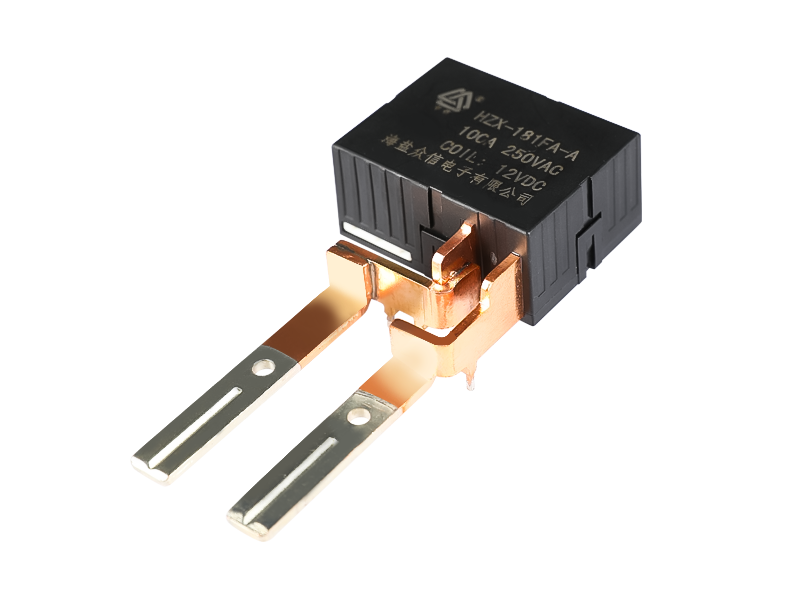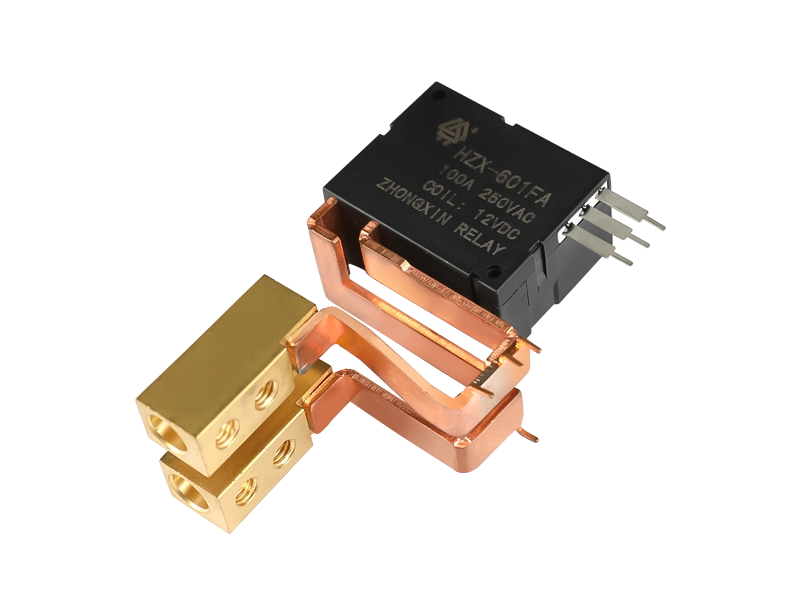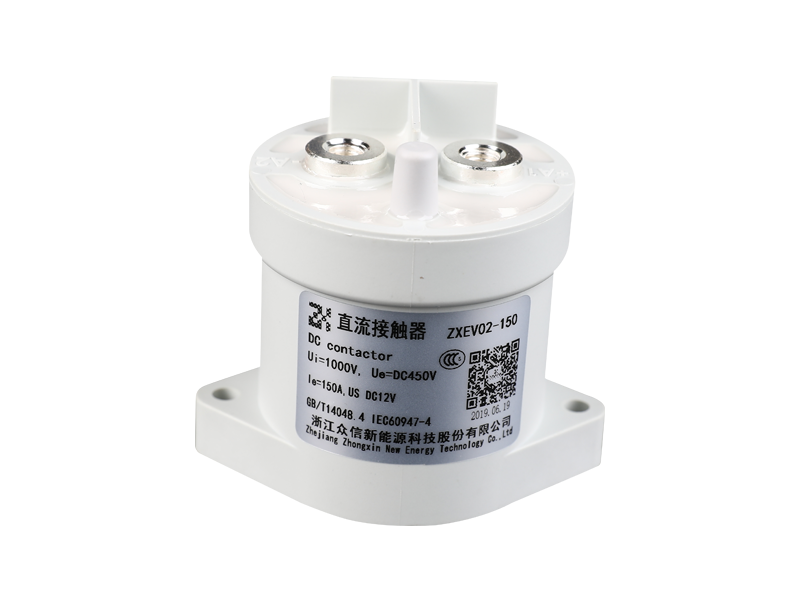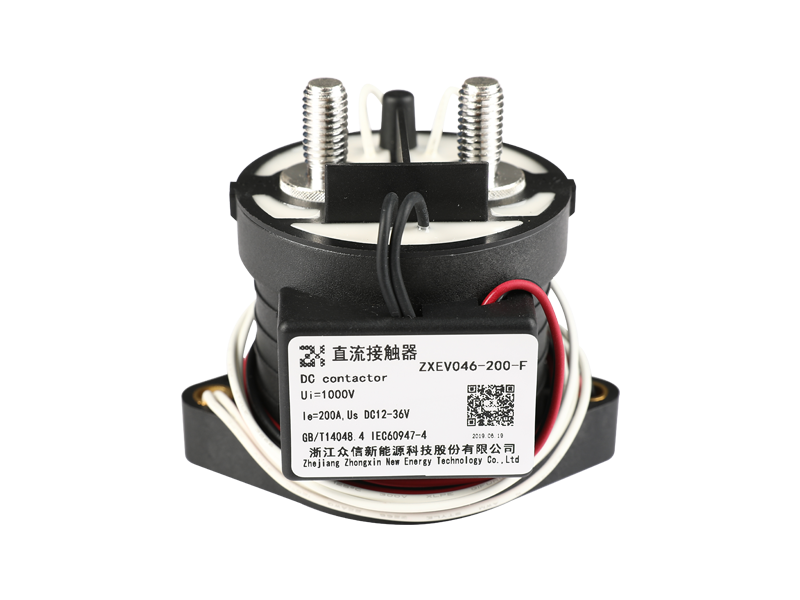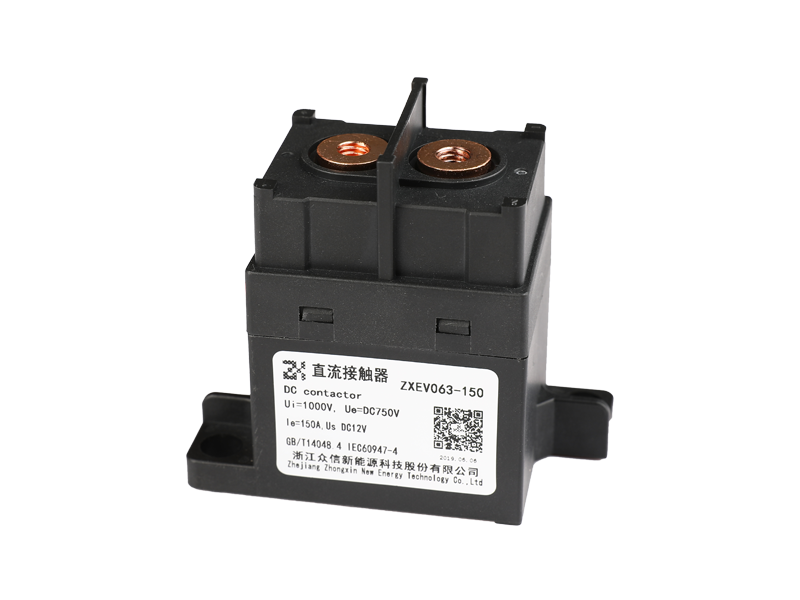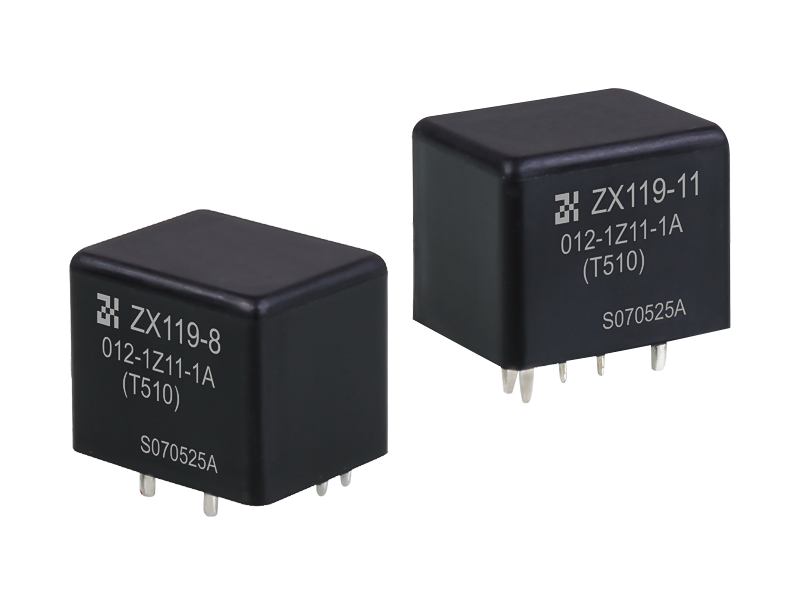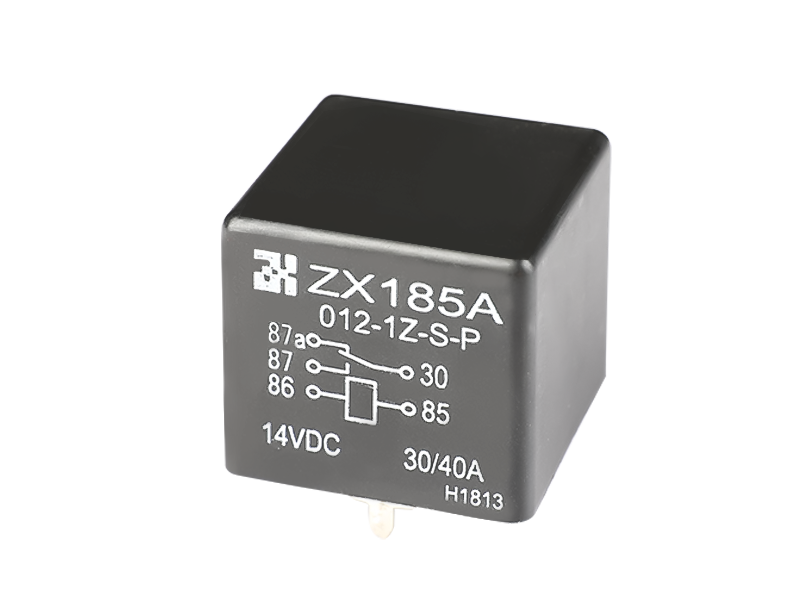1. The magnetic latching relay is only a kind of relay and has no direct relationship with the self-interlocking circuit, which can organize the self-interlocking circuit. Second, the interlocking and self-locking of the relay is the need to realize certain functions (you can check the self-locking and interlocking circuit), as for the triode or use other driving methods, it depends on the specific situation.
How long does the magnetic latching relay last
5-6 years. The life of a general magnetic latching relay is about 50,000 times of opening and closing, and the life of a better quality relay can reach 100,000 times, and the time is 5-6 years. The magnetic latching relay is a new type of relay developed in recent years, and it is also an automatic switch. Like other electromagnetic relays, it can automatically switch on and off the circuit.
What is the working principle of a magnetic latching relay?
The operation principle of the magnetic latching relay is that it is sucked in after the exciting coil is powered (DC), and after the exciting coil is powered off, under the action of residual magnetism, it still maintains the sucking state. If an appropriate reverse current is added to the exciting coil, the residual Magnetic action, the relay can be released. In the process of developing magnetic latching relays, Yuanze Electric found that it is inconvenient to have only one coil in practical applications, so magnetic latching relays usually have two coils, one for suction and the other for release!
The role of magnetic latching relay
Relay is an automatic switching element with isolation function. It is widely used in remote control, telemetry, communication, automatic control, mechatronics and power electronic equipment. It is one of the most important control elements.
Relays generally have induction mechanisms (input parts) that can reflect certain input variables (such as current, voltage, power, impedance, frequency, temperature, pressure, speed, light, etc.); "Off" control actuator (output part); between the input part and the output part of the relay, there is an intermediate mechanism (drive part) for coupling and isolation of the input, function processing and driving the output part.
The relay has the following functions:
1) Expand the scope of control. For example, when the control signal of a multi-contact relay reaches a certain value, it can switch, break, and connect multiple circuits at the same time according to the different forms of the contact group.
2) Zoom in. For example, sensitive relays, intermediate relays, etc., can control large-power circuits with a very small control amount.
3) Integrated signal. For example, when multiple control signals are input into a multi-winding relay in a prescribed form, they will be compared and integrated to achieve a predetermined control effect.
4) Automatic, remote control, monitoring. For example, the relay on the automatic device, together with other electrical appliances, can form a program control circuit to realize automatic operation.
The factory specializes in the production of various time relays, electromagnetic relays, electronic relays, high-power relays, liquid level relays, solid-state relays, high-power relays and small relays, timers, counters, relays, etc.
The relay is essentially an electrical appliance that transmits signals, and it achieves different control purposes according to the input signals.
Relays are generally used to switch on and off control electrical appliances (motors)
For example, the current relay in the DC motor, when the current is too small or too large, it detects the current signal and then controls the start and stop of the motor
There are also thermal relays, such as when the motor is overloaded for a long time and the temperature is too high, it will control the motor to stop

